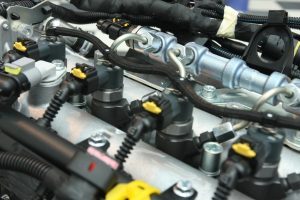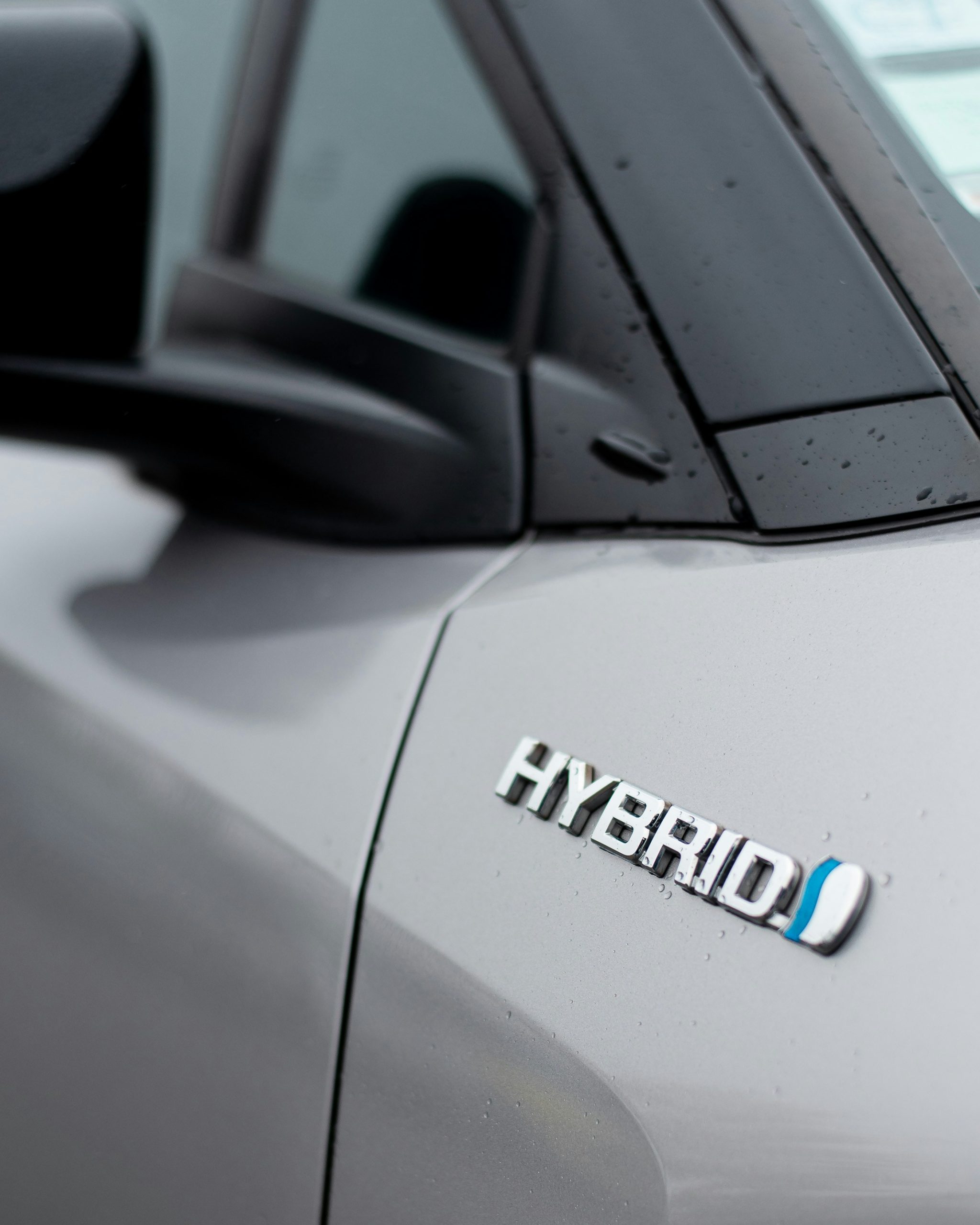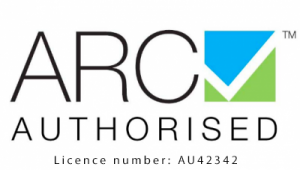First, the basics
ECU stands for “Engine Control Unit,” and remapping, also known as chip tuning, is the process of modifying the software that controls the engine in order to improve its performance or efficiency. This is typically done by altering the parameters that the ECU uses to govern how the engine behaves under different conditions, such as fuel delivery, fuel timing, and turbocharger boost pressure. By optimising these parameters, remapping can potentially increase horsepower and torque, improve throttle response, and even improve fuel economy in some cases.
Remapping can be applied to both diesel and gasoline engines, and in fact, it is often more popular with diesel engines due to their greater potential for gains in performance and fuel efficiency. Diesel engines operate differently than gasoline engines, and they typically have higher compression ratios and produce more torque at lower RPMs. Remapping a diesel engine can involve adjusting parameters such as fuel injection timing, injection duration, and turbocharger boost pressure in order to optimize the engine’s performance and efficiency. This can result in increased horsepower and torque, better throttle response, and improved fuel economy.
So, what is a map?
In the context of engine tuning, a “map” refers to a set of instructions that are programmed into the engine’s ECU to control various aspects of the engine’s performance, such as fuel injection timing, injection duration, and turbocharger boost pressure. These maps are typically pre-programmed by the vehicle manufacturer to provide a balance between performance, fuel economy, and emissions. However, the maps can be modified or “remapped” to optimize the engine’s performance for specific driving conditions or preferences.
Each engine has multiple maps that are optimised for different conditions, such as idle, part throttle, full throttle, and cold start. For example, the map that controls fuel injection timing during full throttle acceleration will be different from the map that controls fuel injection timing during idle. By modifying these maps, the engine can be optimised for a specific use case, such as racing, towing, or fuel efficiency.
The term “remapping” refers to the process of modifying these maps to optimize the engine’s performance. The remapping process typically involves modifying the existing maps or creating new maps from scratch to achieve the desired performance improvements.

The throttle map example
The throttle map is a specific map that controls the relationship between the position of the accelerator pedal and the amount of air and fuel that enters the engine. When you press the accelerator pedal, the throttle map determines how much air and fuel are delivered to the engine, which in turn affects the engine’s power output.
Changing the throttle map can have a significant impact on the engine’s performance. By adjusting the throttle map, you can change the engine’s power output at different points along the RPM range. For example, you might adjust the throttle map to provide more power at low RPMs to improve acceleration, or you might adjust it to provide more power at high RPMs to improve top-end performance.
The process
Remapping a diesel engine typically involves using specialised software and hardware to access the ECU of the engine and modify its parameters to optimize performance and efficiency. Here are some of the key steps involved in the process:
- Initial assessment: The first step is to assess the vehicle and determine the best approach to remapping the engine. This may involve a diagnostic scan to identify any existing issues or potential problem areas.
- Customised tuning: Once the initial assessment is complete, the technician will typically create a customised tuning file for the vehicle, based on the specific make, model, and engine configuration. This file will adjust various engine parameters, such as fuel injection timing, turbocharger boost pressure, and air/fuel ratios.
- Programming the ECU: With the tuning file in hand, the technician will then connect to the vehicle’s ECU using specialised software and hardware, and upload the new parameters into the ECU’s memory.
- Testing and adjustments: Once the new parameters are programmed into the ECU, the technician will typically perform a series of tests and adjustments to ensure that the engine is running smoothly and efficiently. This may involve fine-tuning the parameters or making additional adjustments based on real-world driving conditions.
- Post-remap checks: Finally, the technician will typically perform a series of post-remap checks to ensure that the vehicle is performing as expected, and to address any issues that may have arisen during the remapping process.
A final work about dynos and simulation software
A dyno (short for dynamometer) is a device used to measure the power output of an engine. In the context of engine tuning, a dyno is often used to evaluate the effectiveness of tuning modifications and to optimize the engine’s performance.
The dyno works by measuring the torque and rotational speed of the engine and using these measurements to calculate the engine’s power output. During a dyno test, the vehicle is secured to the dyno, and the technician runs the engine through a series of tests to evaluate its performance. This may involve running the engine at different speeds and loads to simulate various driving conditions and to test the effectiveness of tuning modifications.
Similarly, simulation software is used to create virtual models of the engine and other components, allowing the technician to simulate different driving conditions and test the effects of tuning modifications. For example, the technician might use simulation software to test the effects of different fuel injection timing or ignition timing on the engine’s power output, fuel efficiency, and emissions.
Importantly, a dyno isn’t needed to tune every vehicle. Manufacturers don’t do this and tuners don’t need to do this either. What both manufacturers and tuners need to do is test, through the use of simulation software, dyno work and real world driving to develop an optimal tune. Since every vehicle is the same, this tune can then be reliably applied to each vehicle and achieve the same results. Minor vehicle changes like exhaust upgrades can be adjusted using simulation software.
This is how our remapping service works. We are part of a global network, based in Italy but spread out around the globe. Network partners develop optimal tunes for each vehicle which are then distributed throughout the network, making sure you get the best tune for your vehicle.
So, there you have it. Hope you enjoyed our tuning blog. Please feel free to contact us directly if you have any other questions.
ECU stands for “Engine Control Unit,” and remapping, also known as chip tuning, is the process of modifying the software that controls the engine in order to improve its performance or efficiency. This is typically done by altering the parameters that the ECU uses to govern how the engine behaves under different conditions, such as fuel delivery, fuel timing, and turbocharger boost pressure. By optimising these parameters, remapping can potentially increase horsepower and torque, improve throttle response, and even improve fuel economy in some cases.
Remapping can be applied to both diesel and gasoline engines, and in fact, it is often more popular with diesel engines due to their greater potential for gains in performance and fuel efficiency. Diesel engines operate differently than gasoline engines, and they typically have higher compression ratios and produce more torque at lower RPMs. Remapping a diesel engine can involve adjusting parameters such as fuel injection timing, injection duration, and turbocharger boost pressure in order to optimize the engine’s performance and efficiency. This can result in increased horsepower and torque, better throttle response, and improved fuel economy.
So, what is a map?
In the context of engine tuning, a “map” refers to a set of instructions that are programmed into the engine’s ECU to control various aspects of the engine’s performance, such as fuel injection timing, injection duration, and turbocharger boost pressure. These maps are typically pre-programmed by the vehicle manufacturer to provide a balance between performance, fuel economy, and emissions. However, the maps can be modified or “remapped” to optimize the engine’s performance for specific driving conditions or preferences.
Each engine has multiple maps that are optimised for different conditions, such as idle, part throttle, full throttle, and cold start. For example, the map that controls fuel injection timing during full throttle acceleration will be different from the map that controls fuel injection timing during idle. By modifying these maps, the engine can be optimised for a specific use case, such as racing, towing, or fuel efficiency.
The term “remapping” refers to the process of modifying these maps to optimize the engine’s performance. The remapping process typically involves modifying the existing maps or creating new maps from scratch to achieve the desired performance improvements.

The throttle map example
The throttle map is a specific map that controls the relationship between the position of the accelerator pedal and the amount of air and fuel that enters the engine. When you press the accelerator pedal, the throttle map determines how much air and fuel are delivered to the engine, which in turn affects the engine’s power output.
Changing the throttle map can have a significant impact on the engine’s performance. By adjusting the throttle map, you can change the engine’s power output at different points along the RPM range. For example, you might adjust the throttle map to provide more power at low RPMs to improve acceleration, or you might adjust it to provide more power at high RPMs to improve top-end performance.
The process
Remapping a diesel engine typically involves using specialised software and hardware to access the ECU of the engine and modify its parameters to optimize performance and efficiency. Here are some of the key steps involved in the process:
- Initial assessment: The first step is to assess the vehicle and determine the best approach to remapping the engine. This may involve a diagnostic scan to identify any existing issues or potential problem areas.
- Customised tuning: Once the initial assessment is complete, the technician will typically create a customised tuning file for the vehicle, based on the specific make, model, and engine configuration. This file will adjust various engine parameters, such as fuel injection timing, turbocharger boost pressure, and air/fuel ratios.
- Programming the ECU: With the tuning file in hand, the technician will then connect to the vehicle’s ECU using specialised software and hardware, and upload the new parameters into the ECU’s memory.
- Testing and adjustments: Once the new parameters are programmed into the ECU, the technician will typically perform a series of tests and adjustments to ensure that the engine is running smoothly and efficiently. This may involve fine-tuning the parameters or making additional adjustments based on real-world driving conditions.
- Post-remap checks: Finally, the technician will typically perform a series of post-remap checks to ensure that the vehicle is performing as expected, and to address any issues that may have arisen during the remapping process.
A final work about dynos and simulation software
A dyno (short for dynamometer) is a device used to measure the power output of an engine. In the context of engine tuning, a dyno is often used to evaluate the effectiveness of tuning modifications and to optimize the engine’s performance.
The dyno works by measuring the torque and rotational speed of the engine and using these measurements to calculate the engine’s power output. During a dyno test, the vehicle is secured to the dyno, and the technician runs the engine through a series of tests to evaluate its performance. This may involve running the engine at different speeds and loads to simulate various driving conditions and to test the effectiveness of tuning modifications.
Similarly, simulation software is used to create virtual models of the engine and other components, allowing the technician to simulate different driving conditions and test the effects of tuning modifications. For example, the technician might use simulation software to test the effects of different fuel injection timing or ignition timing on the engine’s power output, fuel efficiency, and emissions.
Importantly, a dyno isn’t needed to tune every vehicle. Manufacturers don’t do this and tuners don’t need to do this either. What both manufacturers and tuners need to do is test, through the use of simulation software, dyno work and real world driving to develop an optimal tune. Since every vehicle is the same, this tune can then be reliably applied to each vehicle and achieve the same results. Minor vehicle changes like exhaust upgrades can be adjusted using simulation software.
This is how our remapping service works. We are part of a global network, based in Italy but spread out around the globe. Network partners develop optimal tunes for each vehicle which are then distributed throughout the network, making sure you get the best tune for your vehicle.
So, there you have it. Hope you enjoyed our tuning blog. Please feel free to contact us directly if you have any other questions.








